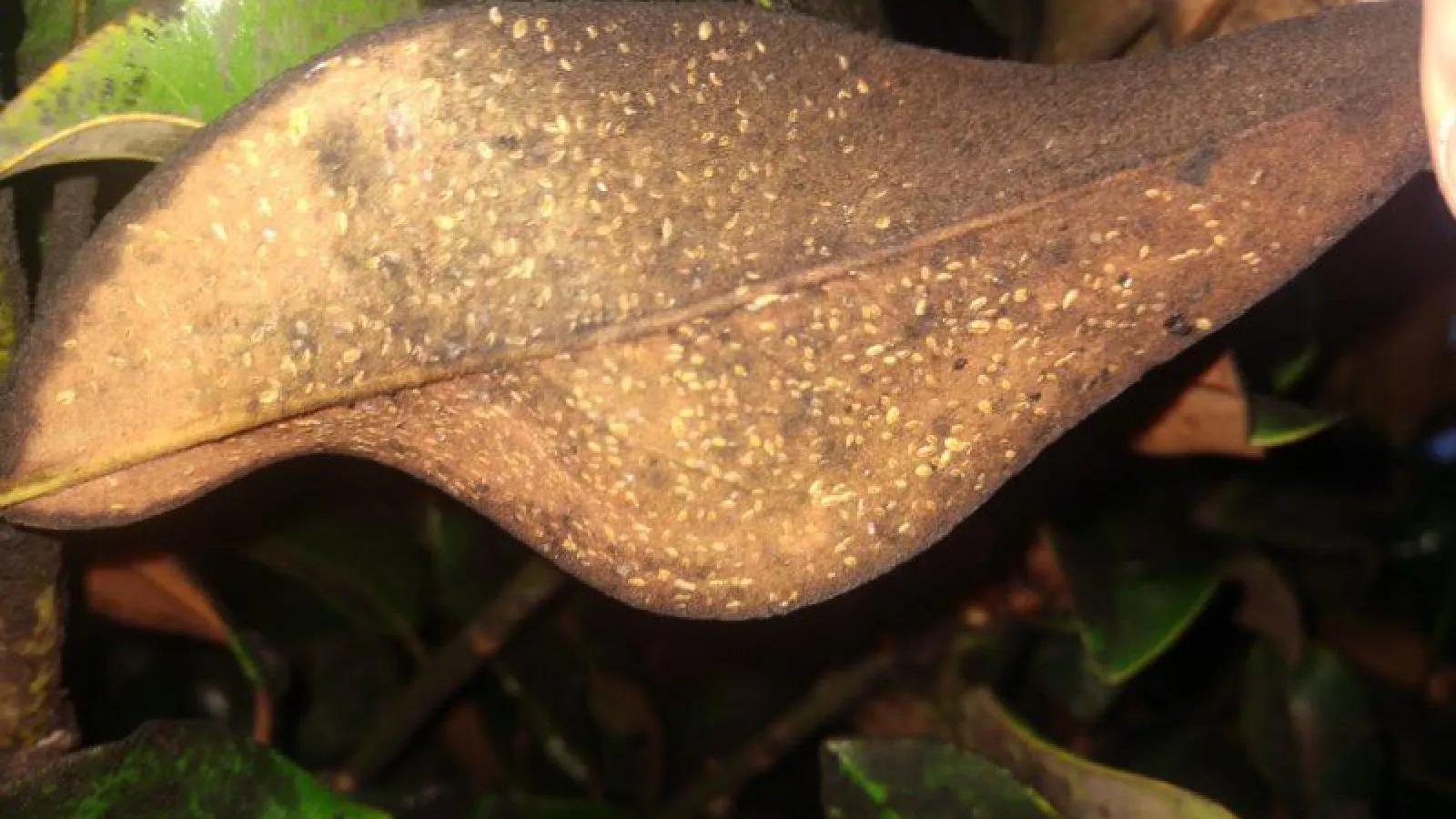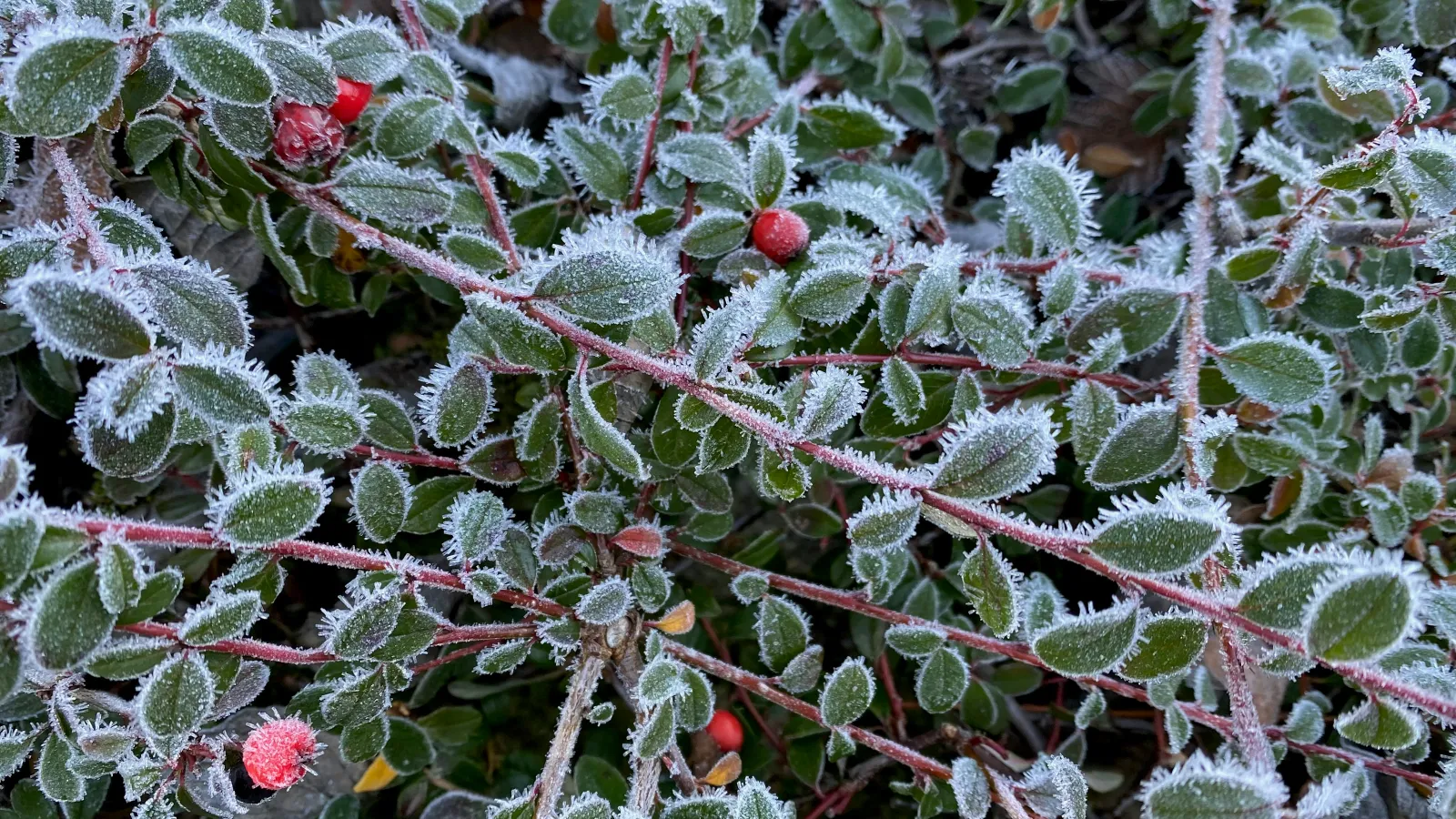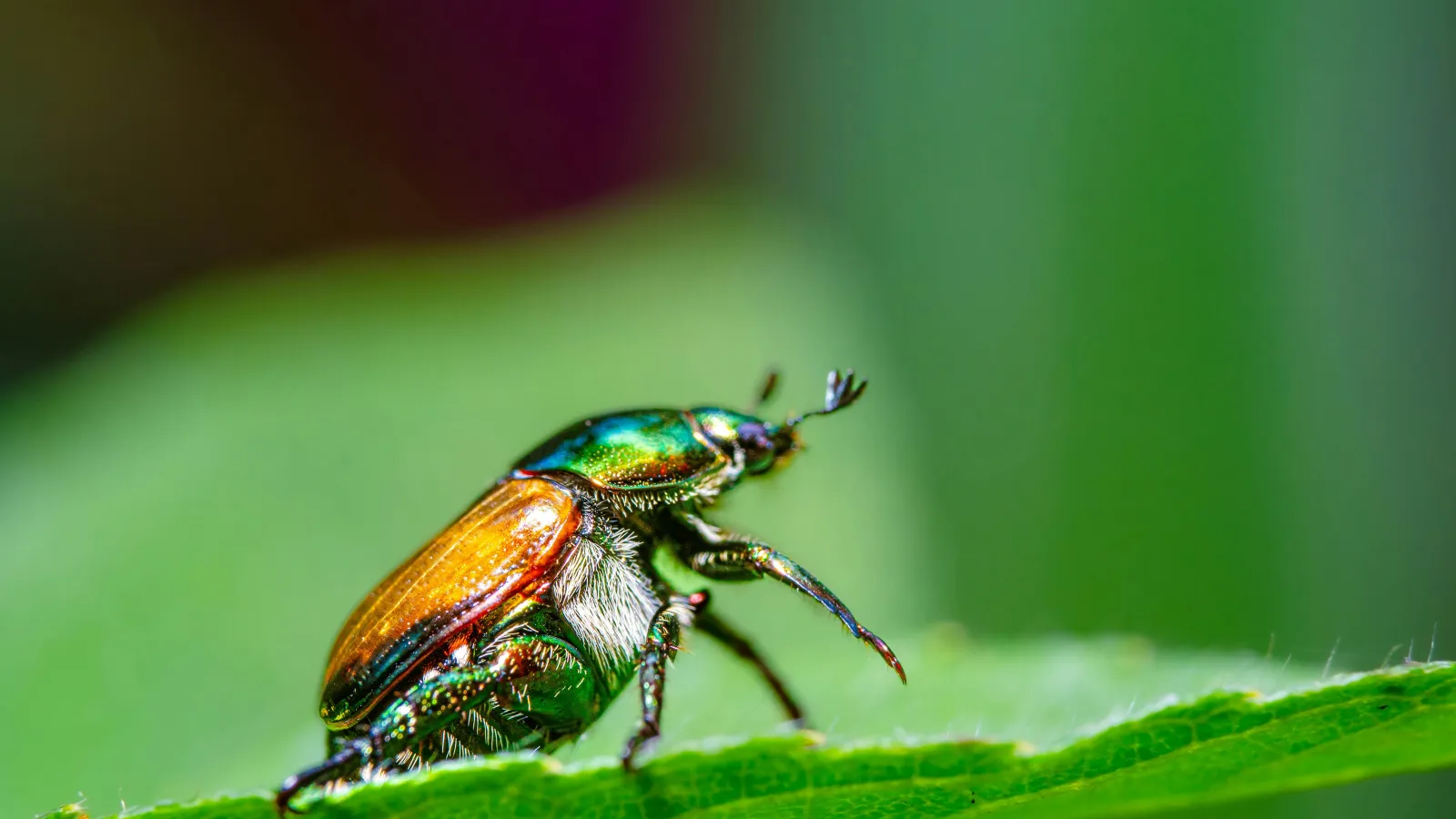
Are Scale Insects Bugging Your Plants?
Scale Insects
Do you have a scale issue? And we're not talking about the one that tells your weight. (Sorry, we can't help with that.) We're talking about scale insects that can be problematic for ornamental plants, trees and shrubs. These plant-feeding pests are considered to be some of the most difficult to control.
Identification
There are about 8000 species of scale insects making them a large and diverse group. Yep, 8000! The bug is small, oval and flat. It has a protective tan to brown, or white shell-like covering. They thrive in warm, dry environments. They generally target the underside of the leaves and around leaf joints. The scale insect family consists of three types: armored, soft, and mealybug. They can be found on many different plants, but in our area, are most commonly found on euonymus, maples, dogwoods and pines, just to name a few.
Feeding & Damage
Scale insects don't actually eat the plant leaves. They attach themselves to the leaves and feed by sucking plant sap through their long, needle-like mouthparts. And their mouthparts are six to eight times longer than the insect itself! As if their juice sucking actions were not enough, many excrete a sticky honeydew which supports the growth of sooty mold. Sooty mold is a black-colored fungus that can interfere with photosynthesis.
Damaged plants look withered and sickly, and new growth is limited. Plant leaves can turn yellow and drop from the plant. Scale can cause long term damage to the plant and eventually kill it if they grow in numbers or are left untreated.
Common Types
Because of the large variety of species, scale can be found on many different kinds of plants. In our region, we commonly see euonymus, maple and magnolia.
- Euonymus scale (Unaspis euonymi) is a grey to brown scale usually found on the lower branches or on the new leaves of several species of euonymus. There are often two generations per year.
- Maple scale (Pulvinaria innumerabilis) is flat, brown in color and about ⅛" long. They are most noticeable when the female secretes white, waxy, cottony-looking egg sacs.
- Magnolia scale (Neolecanium cornuparvum) is the largest kind found in the US, reaching nearly ½ inch in diameter when fully grown. It soft, tan-brown in color with a white, waxy coating that can be mistaken for plant buds of magnolia.



Control
Weather and natural predators like lady beetles and parasitic wasps usually keep scale insects below damaging levels. But if the population grows, management may be required. As mentioned above, controlling these insects is challenging.
Here's some tips on preventing and controlling scale:
- Replace the affected plants with plants that are not susceptible to the scale insect that is present. Proper identification is necessary for this to work
- Use a consumer-grade pressure washer to remove some of the insects. But be careful. Sometimes this can cause more damage than good.
- Make your own insecticidal oil. Test it on a small portion before dousing your garden with the mix to make sure that you are not harming any plants in the process.
- Get professional chemical control. Our Tree & Shrub Program includes applications of insecticides and horticultural oils that will help control or reduce existing populations.
Although scale may not quickly kill your plants, they can cause unsightly damage and more serious damage if left untreated. Contact us for a free evaluation so your trees and shrubs can live their best lives in your landscape.

